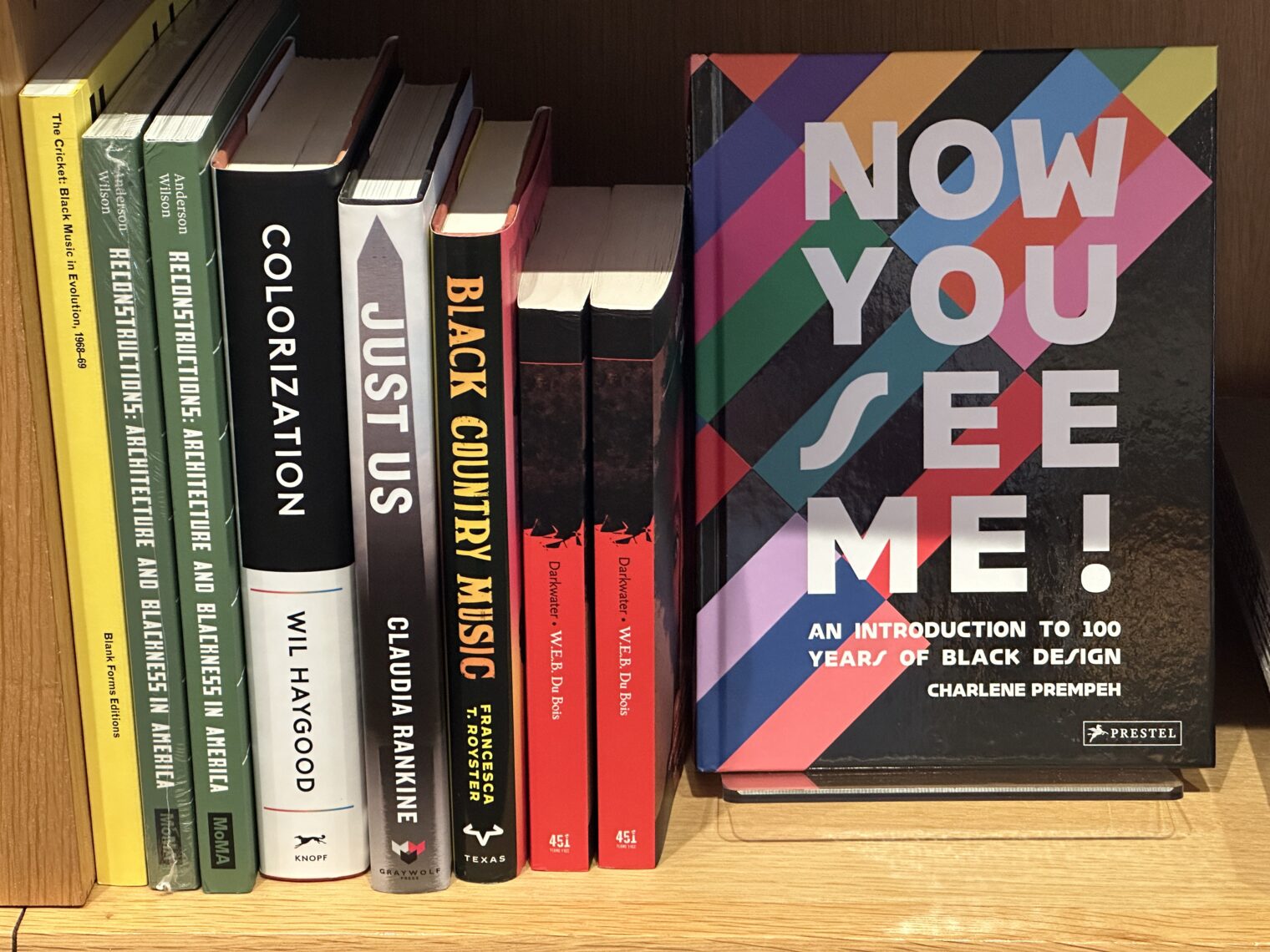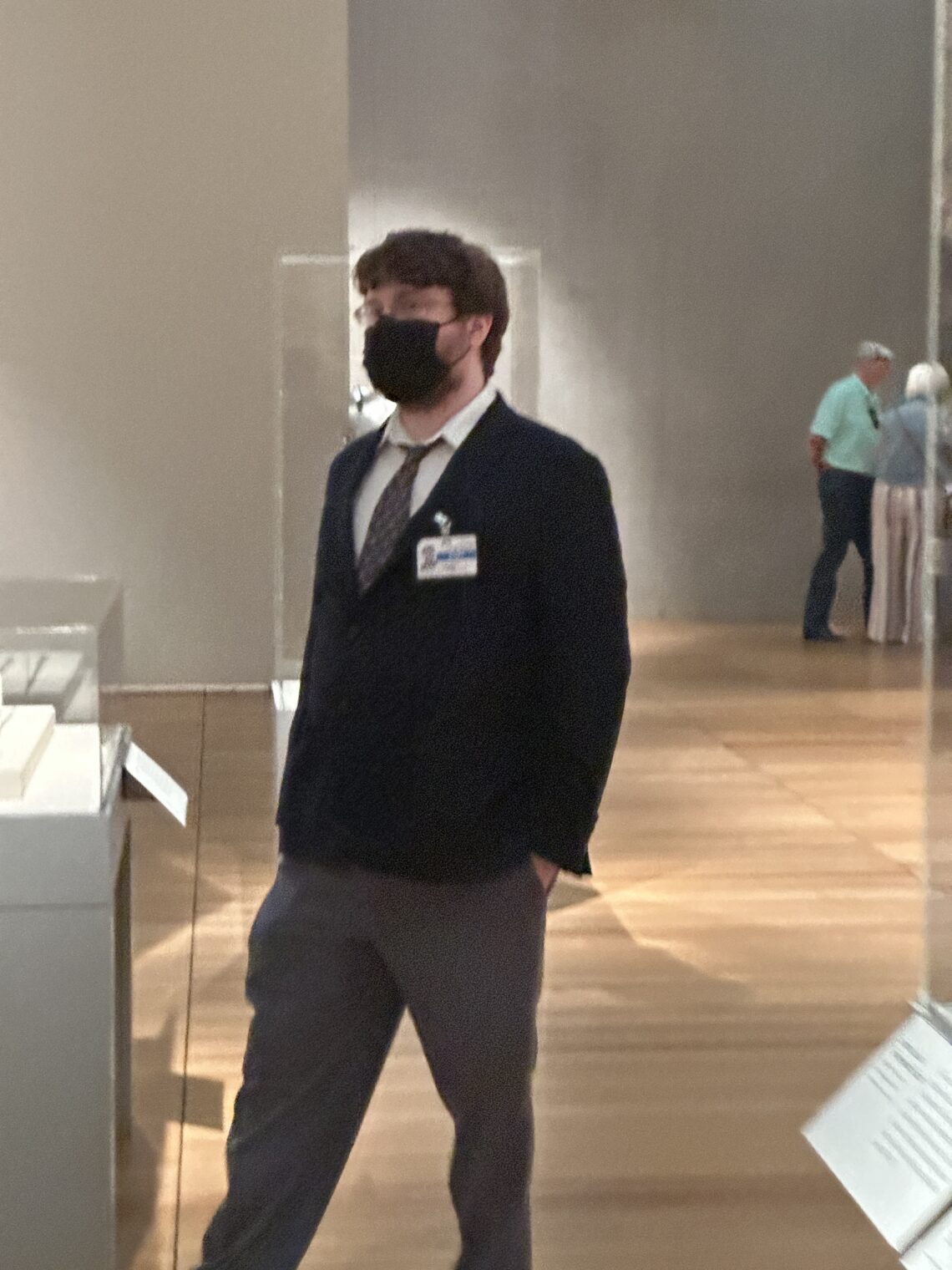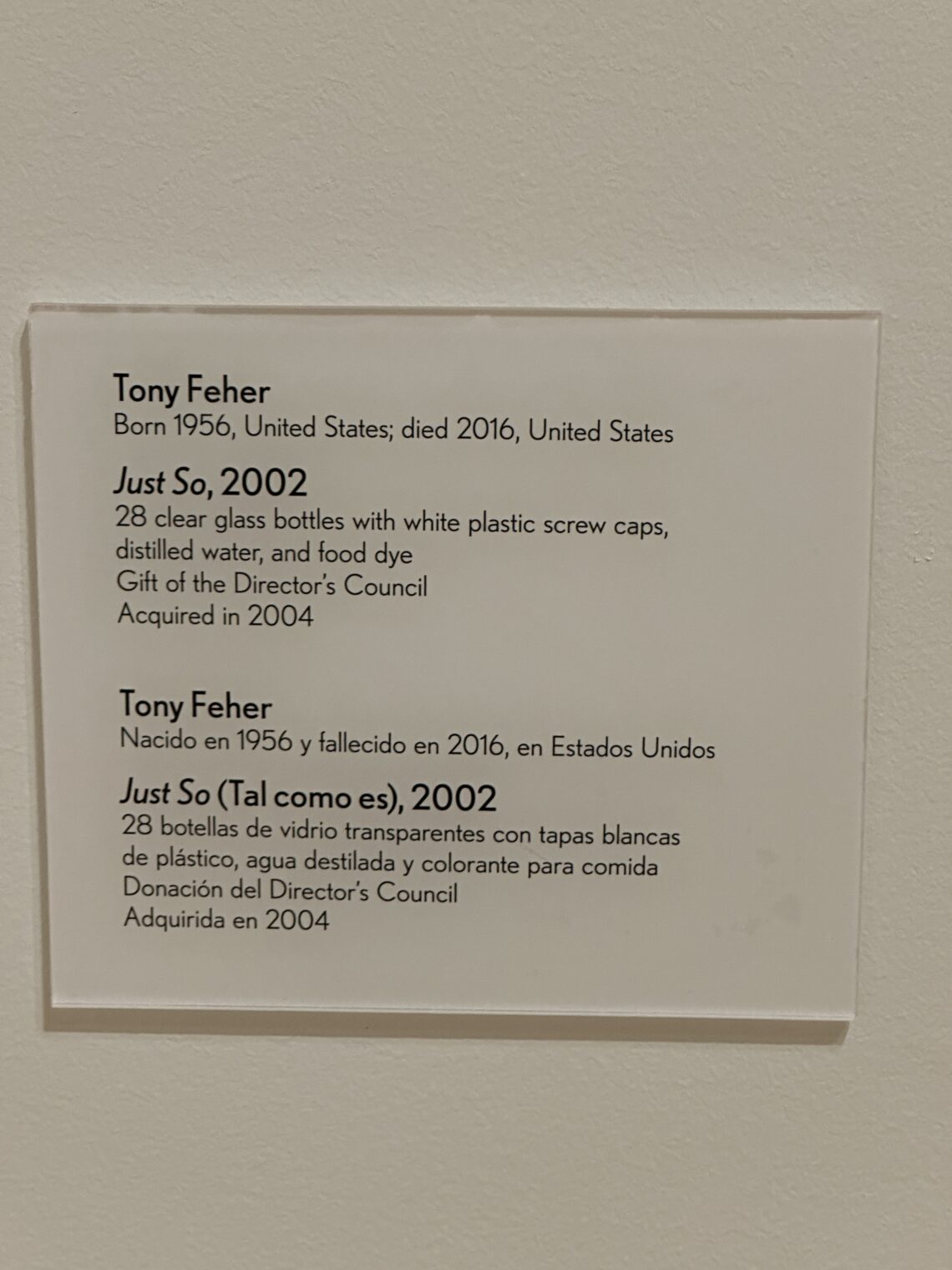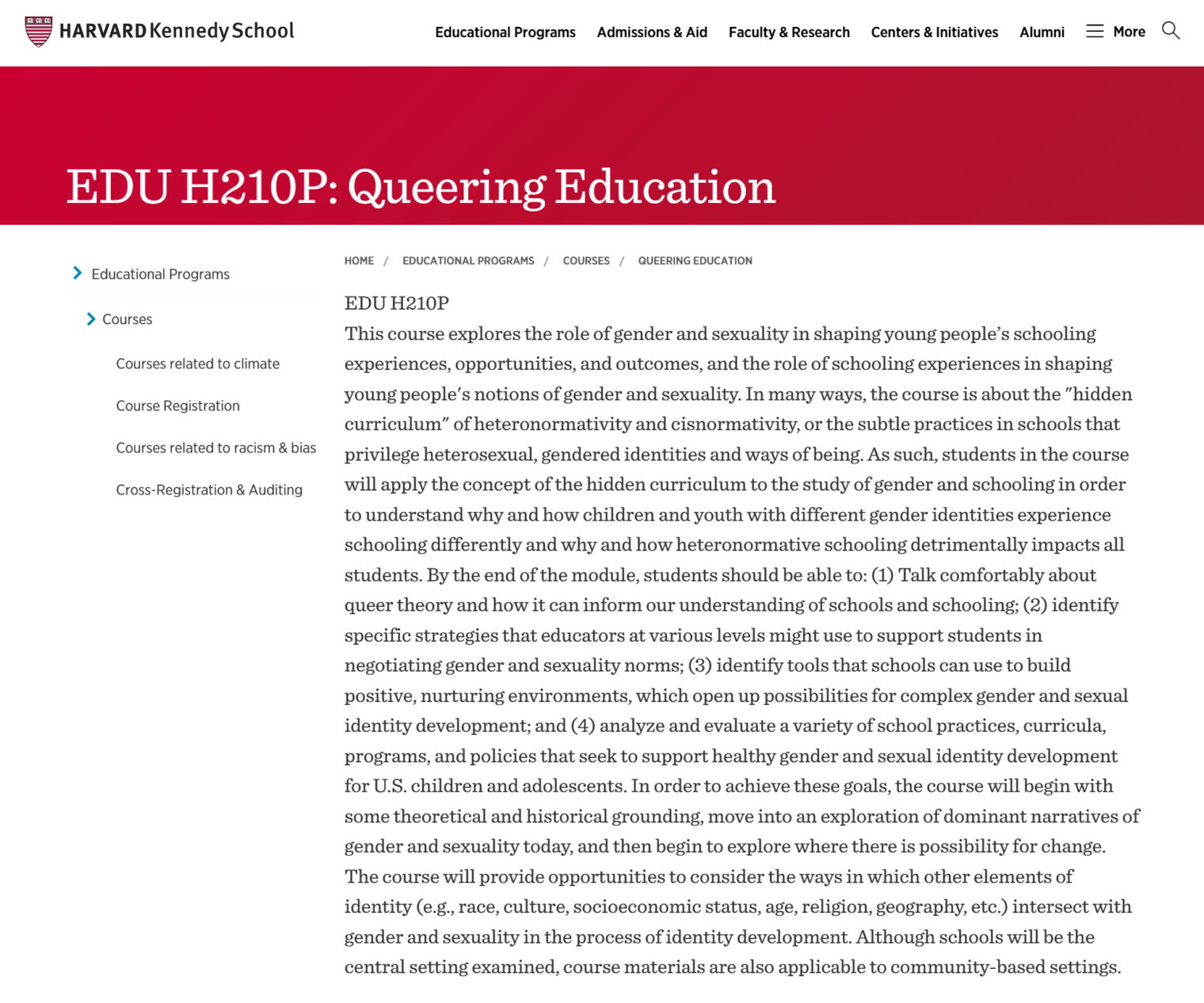The latest and greatest Florida houses are designed with closed cell spray foam insulation underneath the roof. This has the disadvantage that roof leaks are difficult to pinpoint, since the foam prevents the water from dripping directly down underneath the part of the roof that has failed, but seals the house against humidity because any attic space essentially becomes part of the air-conditioned and dehumidified internal space of the house.
Our house, sadly, dates to 2003. We thus have AC ducts in unconditioned attic spaces, which seems to work fine on the ground floor, but when we poke our heads up into the attic we find that it is moderately hot (85F) and extremely humid (80-85 percent relative humidity). The attic has soffit vents all around, which seem to do a good job of preventing super hot temps from developing, but they also allow humidity to intrude.
Current Florida code requires ducts insulated to R-8 inside unconditioned spaces. We have R-6 ducts. The air coming out of an air handler is typically about 20 degrees colder than the thermostat setting and we’ve measured about 52 degrees at a ceiling register. So let’s say that the duct temp is 50 degrees.
The Interweb doesn’t seem to have a simple formula for determining the outside temp of an R-6 duct given the inside temp. ChatGPT 4o, however, comes up with one:
Notice that, with this formula, the outside of the duct gets colder and colder with increased R value. A perfectly insulated duct, for example, would have an outside temperature exactly equal to the inside temp, a very curious result!
New prompt:
What if we increase the duct insulation to R-30? What would the outside temperature of the duct be? (the air inside the duct is still at 50 degrees)
Sheetrock has an R value of about 0.5, supposedly. Let’s see what happens when we plug that in:
What if we reduce the duct insulation to an R value of 0.5? What would the outside surface temperature of the duct then be?
Our future AI overlord has determined that putting cold air inside a duct will raise the temperature of the outside of the duct above the ambient temperature of the attic.
What is the solution to the sweating duct problem, you might ask? A quarter-baked approach, from the energy and building envelope expert who did our Manual J calculation:
You probably have too much ventilation in your attic. I had a similar problem in my house. I blocked off more than half of the soffit vents. The temperature in the attic went up a few degrees while the humidity came down dramatically because not as much humid air was coming in from the outside.
(He didn’t say this explicitly, but I am guessing that the relatively dry attic was due to the attic being exposed to dried-out cooled-off conditioned air from the conditioned space below.)
The half-baked approach:
Install a dehumidifier with a fresh air inlet on one or more of the house AC systems. Each dehumidifier can bring in at least 100 cfm of fresh air, thus creating a positive pressure within the conditioned spaces of the house. The result will be conditioned air being pushed up into the attic and, eventually, being exhausted through the soffit vents. Expensively dehumidified air goes out of the house via the attic instead of humid air coming into the attic. A dehumidifier consumes about 700 watts of power, so this will consume about $1000 per year in electricity at 15 cents/kWh (per dehumidifier).
The fully-baked approach:
- Remove all ceilings on the top floor of the house and the fiberglass insulation on top of those ceilings.
- Bring in a spray foam company to block off the soffit vents and spray foam over them and the entire underside of the roof
- Have the AC contractor put some small supplies and a return into the attic so that there is nowhere for humid air to hide (humid air is lighter than dry air so it will tend to rise to the top of a house)
- Have a drywall contractor come back to put new ceilings up
- Paint
Circling back to artificial intelligence, as embodied by the latest paid ChatGPT model (4o)… I’m impressed with how confident and erudite the machine sounds when making these simple physics calculations (and getting the results completely wrong)!
Full post, including comments 





























